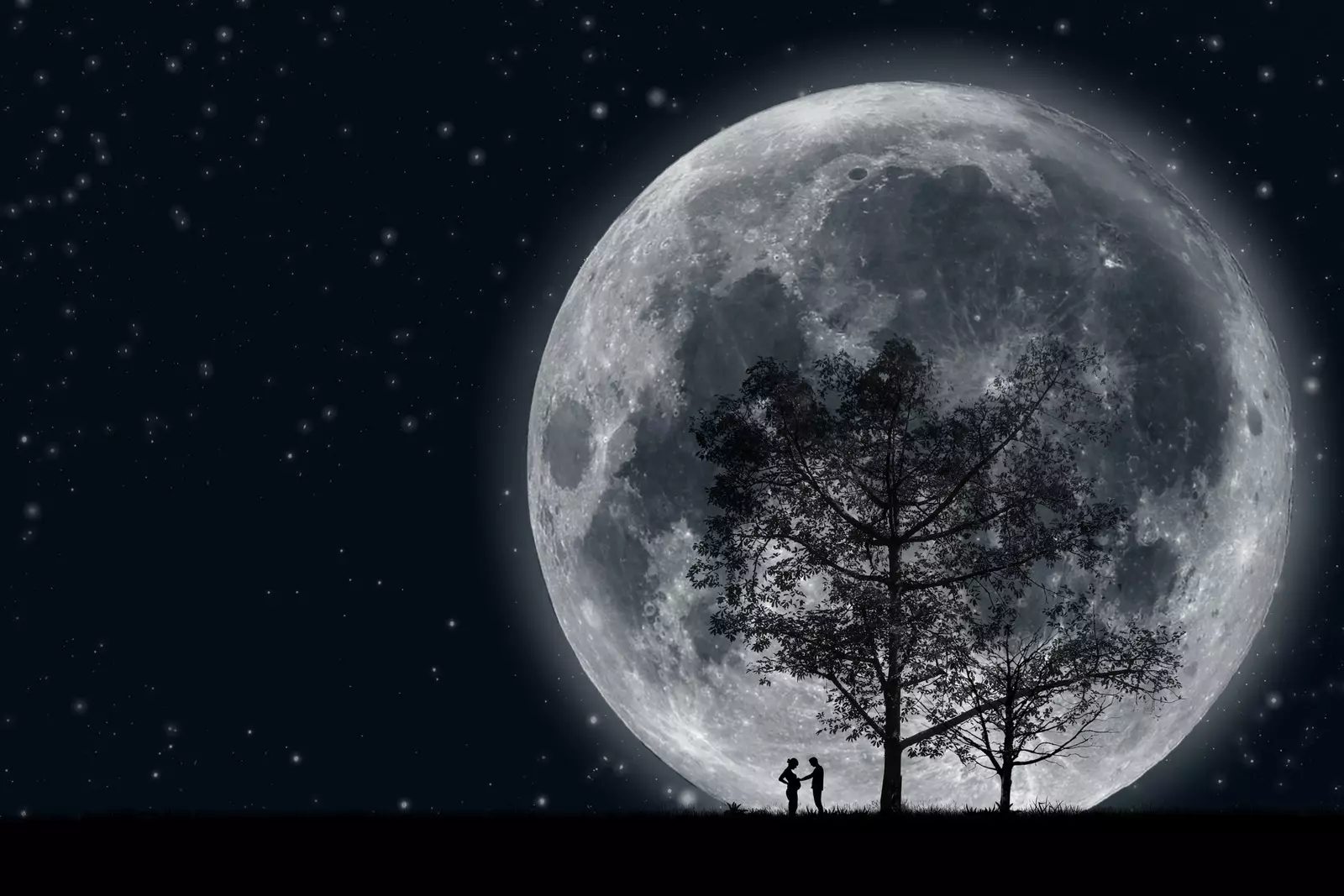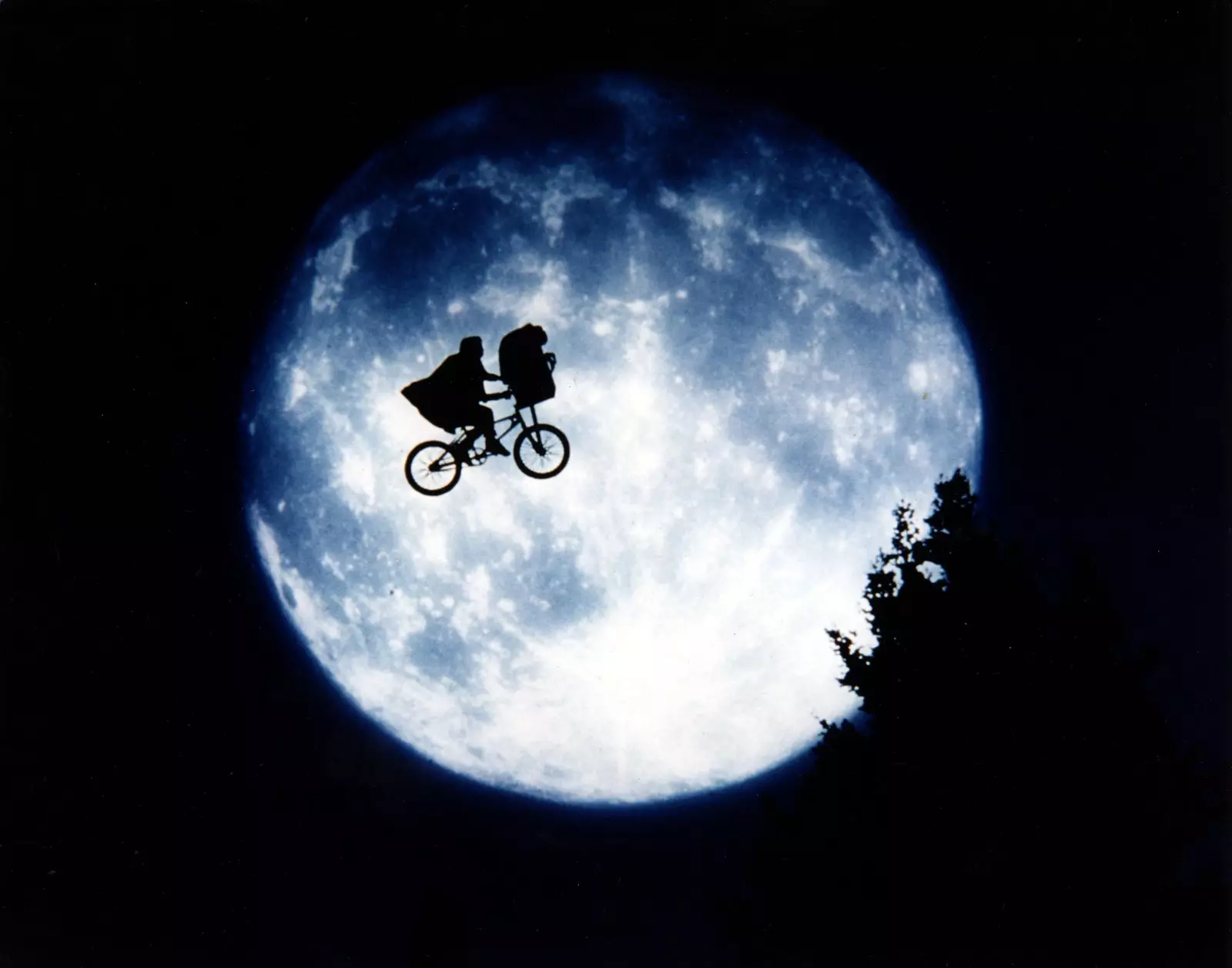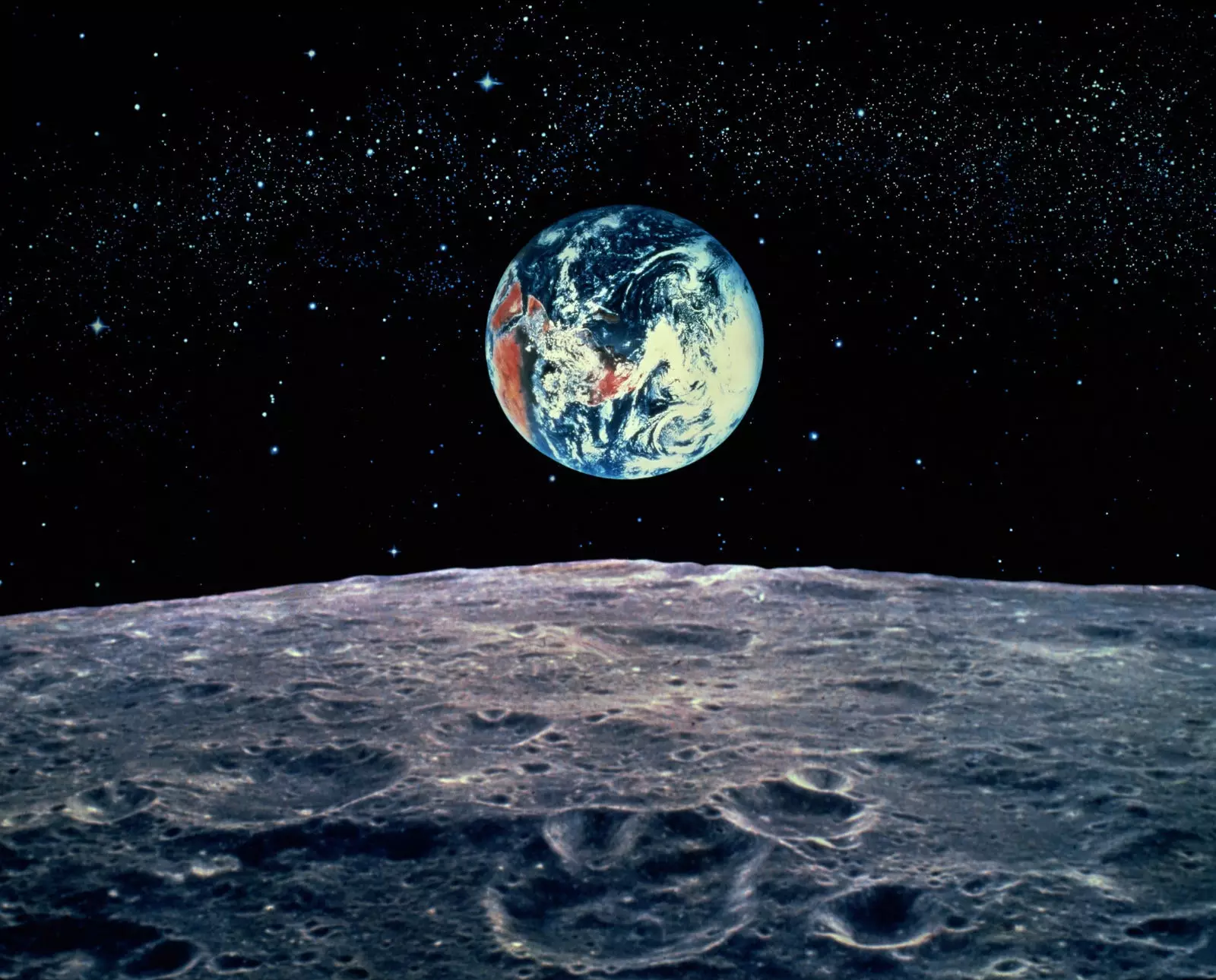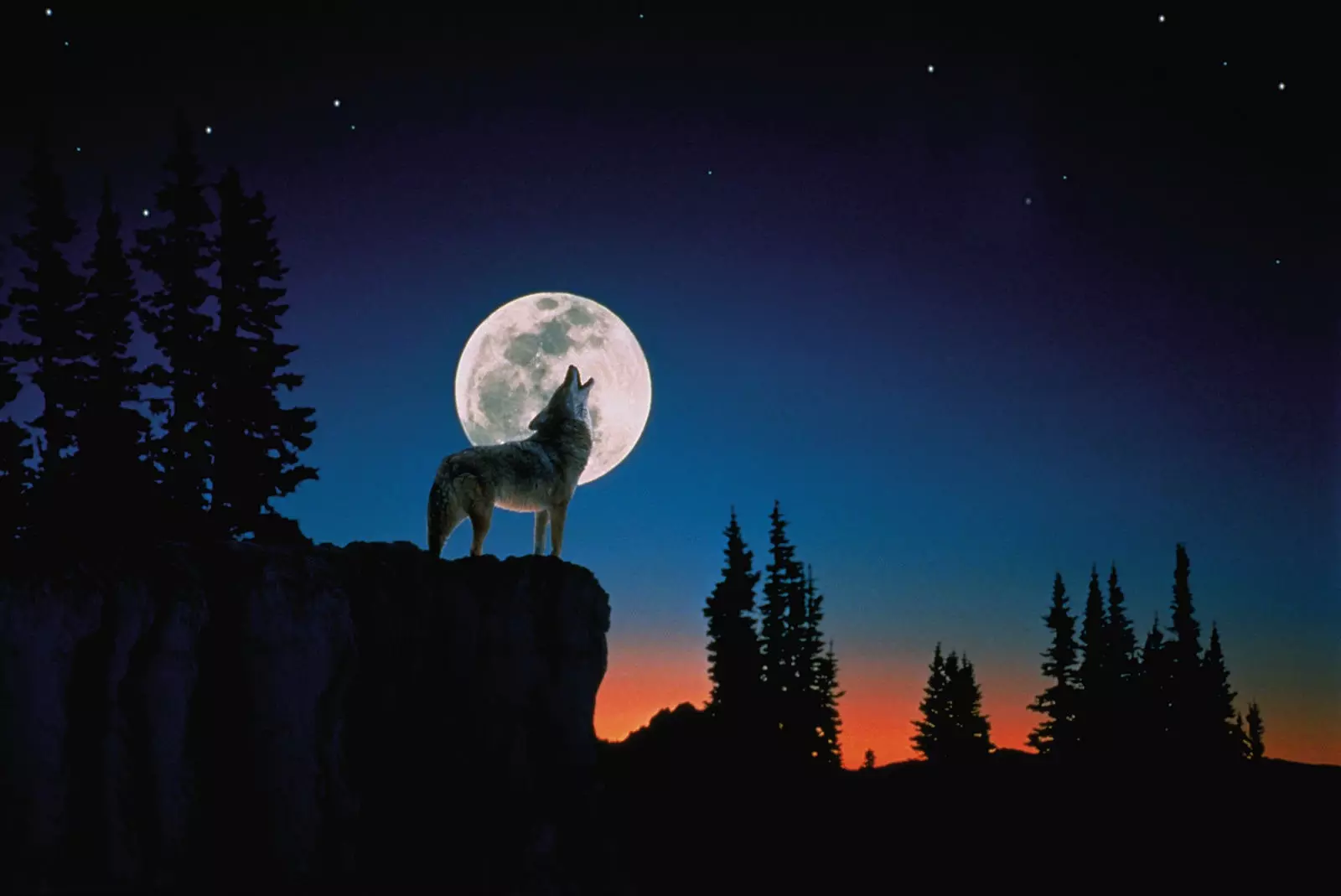
Did we get to the moon?
are fulfilled 50 years since the arrival of man on the moon in NASA's Apollo 11 mission . And although there are many unknowns about this event (many of us wonder if man really stepped on the moon in July 1969), it also helped us to understand much better the mysteries that it harbors. However, we still do not know so many things about the star that illuminates all our nights Thousands of years ago.
¿ Did you know that the moon really has no light of its own? that it is simply sunlight that we see night after night? And that we could not live without it? Is it really true that in full moon nights the human being becomes something more "wolf"?
A new illustrated book, 'The Moon' (GeoPlaneta, 2018) by the author Hannah Pang, talks about some of the truths, curiosities, myths and legends that have accompanied the star for centuries.
"I've tried to break down complicated scientific explanations in a way that I hope will be quite accessible to everyone. The artistic illustrations also make the book a joy just to immerse yourself in," the author tells Traveler.es.

That's how close we were in '82.
Is there anything left to know about the moon? "It's pretty hard to guess what readers know and don't know about the Moon , especially since the book appeals to a very wide age range. That is why it is good that the book covers what some might consider the basic facts about the moon , like how it orbits the earth and affects tidal strength," she adds.
And she continues: “However, it also covers more detailed information, such as how the moon may have formed, its physical composition and how it has no climate and little atmosphere, which means that the traces of the Apollo astronauts in 1969 and 1972 are still there”, Hannah told Traveler.es.

Would the earth exist without the moon?
Have passed 50 years since the arrival of man on the moon (Traveler has dedicated its January editorial cover to him); we know a lot and little about that Space mission , but not about how it affected her... How much has the moon changed since then?
"Since the moon has 4.5 billion years Fifty years is actually a relatively short amount of time for her. The latest research suggests that the moon is actually a contraction . It had an extremely hot core when it formed, and astronomers believe that the core is still in the process of cooling, causing it to shrink. This shrinkage also led to the formation of cliffs, which are affectionately known as " the wrinkles of the moon" ", she emphasizes.
Fourteen of those cliffs were captured in 2010 by the lunar spacecraft. Reconnaissance Orbiter (LRO) from NASA. It is believed that these cliffs could have formed a billion years ago. Another interesting fact, which Hannah Pang points out to us in her book 'The Moon' (Geoplaneta, 2018), is that the star is gradually moving away from the earth , almost 4cm each year.
If you multiply it by fifty years, then it will have moved away from us by 2 meters (6.5 feet) from man landing on the moon.
"In the Journal of Geophysical Research (it was published after I wrote my book) it was also discovered that the lunar temperature has increased as a result of the Apollo missions . They believe this led to the ground surface darkening, absorbing more solar radiation and increasing its temperature."

No, we turn into werewolves on a full moon.
Hannah also explains that she felt a greater affection and respect for the moon as a result of dedicating her book to it and discovering some things that she did not know about it. "I often have to remind myself that the moon doesn't shine and it's just a reflection of the sunlight . This almost ruins the magic! Think of the moon as a dusty, lifeless ball of rock... Yet it is a ball of rock that supports life here on earth. Without it the planet basically wouldn't function like it does now. . It almost seems too perfect the way all the stars align and work together: the earth, the sun and the moon ".
And one last thought: "If they were at slightly different angles or spinning at different speeds than they are now, would human life exist? Now there's a new mind-blowing question to discover!"
you may be an expert on the moon , if not, we encourage you to read this magnificent book and some of the curiosities that we have selected for you.
